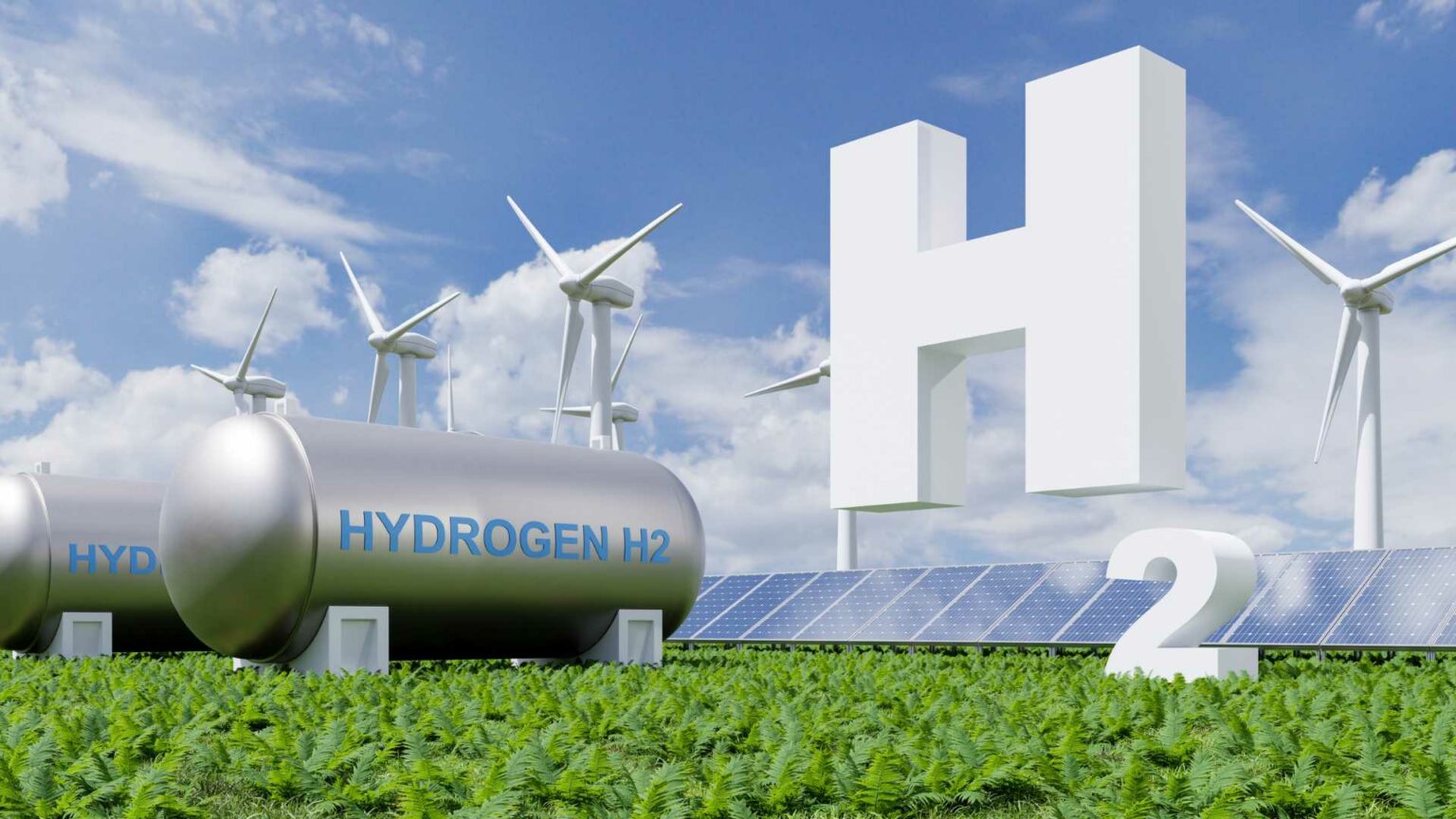A recent review article titled “A Review of Underground Hydrogen Storage Systems: Current Status, Modeling Approaches, Challenges, and Future Prospective” has been published in the International Journal of Hydrogen Energy.
Authored by Shree Om Bade, Kemi Taiwo, Uchenna Frank Ndulue, Olusegun Stanley Tomomewo, and Babalola Aisosa Oni, this paper meticulously examines underground hydrogen storage (UHS) systems—a critical component in the burgeoning hydrogen industry.
Relevance in the Hydrogen Industry
The study’s relevance cannot be overstated, as hydrogen is viewed as a promising clean energy carrier capable of playing a vital role in mitigating climate change. Practical storage solutions are essential to developing a robust hydrogen economy, and underground storage offers a viable route for large-scale hydrogen storage, ensuring supply continuity and energy security.
Key findings include:
1. Current State: The existing UHS projects primarily leverage geological formations like salt caverns, aquifers, and depleted gas fields.
2. Modeling Approaches: Various modeling techniques are evaluated, highlighting numerical simulations, analytical methods, and field tests to predict storage performance, safety, and efficiency.
3. Challenges: Key challenges identified include geological integrity, hydrogen purity maintenance, potential chemical interactions, and the high initial costs associated with infrastructure development.
4. Future Prospects: The authors discuss the potential advances in UHS technology, advocating for more sophisticated modeling techniques and cross-disciplinary research to address current challenges.
The findings suggest significant applications:
– Energy Storage: UHS can serve as a buffer to store excess renewable energy generated from solar and wind for later use.
– Industrial Use: It offers a solution for industries requiring large-scale hydrogen, ensuring steady supply and stabilizing prices.
– Hydrogen Fueling Stations: Strategic storage systems can support an expanding network of hydrogen fueling stations for fuel-cell vehicles.
Technical Details
The authors combined a literature review and case studies to compile their findings. They analyzed various modeling approaches, including both numerical (finite element methods, computational fluid dynamics) and experimental techniques, to understand the performance and safety of UHS systems.
Key Takeaways
– The review underscores the importance of UHS systems in the hydrogen economy.
– It identifies current technologies and challenges while pinpointing areas needing further research.
– The authors advocate for advanced modeling and cross-disciplinary collaboration to move the field forward.
